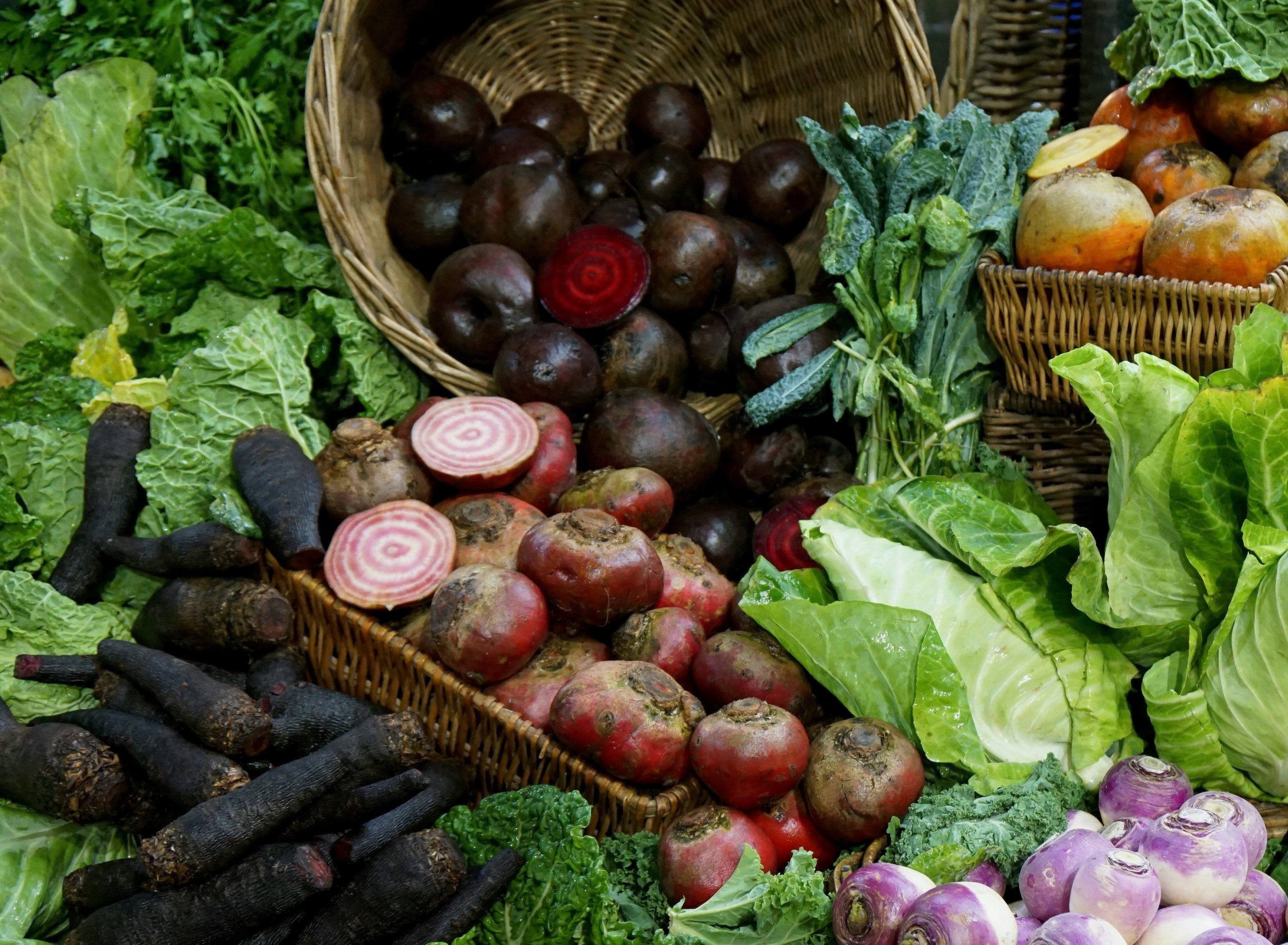As climate concerns rise and global supply chains face ongoing disruptions, the farm-to-table movement has become more than a dining trend. It represents a growing desire to reconnect with food that is honest, traceable, and rooted in place. From weekend markets to high-end restaurants, farm-to-table is quietly reshaping how we grow, source, and savour our meals.

A Concept Grounded in Simplicity
At its core, farm-to-table is a simple idea: food should travel a short, transparent path from producer to plate. This means sourcing ingredients directly from farmers, fishermen, ranchers, or artisans with minimal intermediaries. The aim is freshness, flavour, and accountability. While often associated with small-scale farms and local markets, the term is flexible. It can apply to urban growers, community-supported agriculture (CSA), or even larger operations committed to sustainable practices. What matters most is the relationship between those who grow the food and those who serve it.

A Look Back: How the Movement Took Root
The farm-to-table philosophy isn’t new. In pre-industrial times, it was simply the norm. Communities relied on local growers and producers, often knowing the person behind every loaf of bread or cut of meat. However, the 20th century brought dramatic change. Industrialised farming, global food logistics, and supermarket culture distanced people from the origins of their food. By the 1960s and 70s, a counter-movement began to stir, driven by concerns over quality, health, and environmental impact. Pioneering chefs like Alice Waters championed a return to seasonal, locally sourced ingredients, giving rise to restaurants that forged direct relationships with farmers.

In recent years, this ethos has broadened, spilling into school lunch programmes, home kitchens, fast-casual chains, and even corporate cafeterias. More than a nostalgic nod to simpler times, it has become part of the conversation on climate, equity, and food justice.
Why It Matters More Than Ever
Today, farm-to-table isn’t just about taste. It addresses urgent global concerns:
• Environmental sustainability: Shorter supply chains reduce the carbon footprint of food transport. Sustainable farming methods protect biodiversity and soil health.
• Food security: Building local food systems strengthens resilience against global disruptions—whether due to pandemics, geopolitical conflict, or climate events.
• Community empowerment: Supporting local producers keeps money in regional economies, fosters employment, and promotes food sovereignty.
• Health and wellness: Fresher food means fewer preservatives and more nutrients. Consumers benefit from ingredients that are not only delicious but nourishing.

The Complexities Behind the Label
Despite its appeal, farm-to-table is not a regulated term. This creates room for "greenwashing," where businesses use the label without meaningful practices behind it. Transparency is key. Diners are encouraged to ask questions—where was this produce grown? Who raised this meat? Is this seafood traceable? True farm-to-table operations welcome such inquiry. Whether at a farmers market or a fine dining establishment, staff should be able to share the story behind the food. This level of traceability helps build trust and supports genuine growers.
A Shared Table: How Everyone Plays a Role
You don’t need to be a chef or a farmer to be part of the movement. Everyday consumers are essential participants. Shopping at farmers markets, joining a CSA, growing herbs on a balcony, or simply choosing restaurants that prioritise local sourcing all contribute to the ecosystem. Home cooks can explore seasonal ingredients, experiment with root-to-stem cooking, or reduce food waste through thoughtful meal planning. Each small act is a quiet vote for a better food system.

Where It’s Headed: Farm-to-Table in 2025 and Beyond
As we look ahead, the movement is evolving in promising ways:
• Technology is bridging gaps between small growers and large consumers, making local sourcing scalable.
• Regenerative agriculture is gaining momentum, restoring soil health and biodiversity.
• Fast-casual concepts are embracing farm-to-table principles, making them accessible beyond fine dining.
• Transparency tools like QR codes and blockchain tech are helping consumers trace the journey of their food.
Ultimately, farm-to-table is not a rigid standard but a mindset. It asks us to care—about flavour, about origins, about those who feed us, and the planet that sustains us. In an increasingly complex world, it offers something simple and powerful: a reminder that how we eat is deeply connected to how we live.